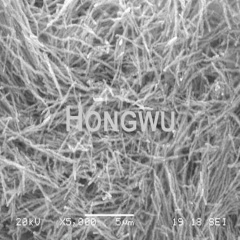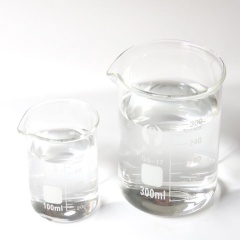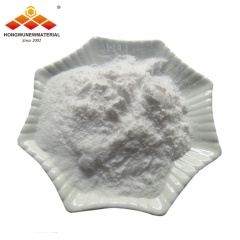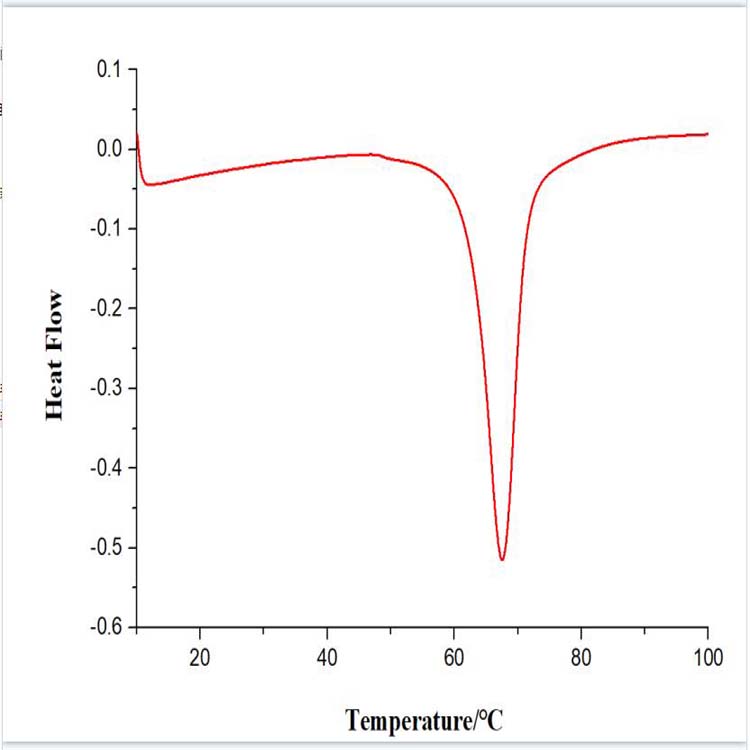Nanoparticle dispersion is a technology which by various principles, methods and means in certain liquid medium such as water restore various forms aggregate into primary particle and make it distribute evenly and stably over the medium.
Nanoparticle surface modification is extension and extension based on nanometer dispersion technology, namely according to the practical applications,nanoparticles surface coated a proper material, or make nanoparticles dispersed in some form of soluble solid phase carrier. After the surface modification of nano dry powder, and its adsorption, wetting, dispersing, and a series of surface properties will change, generally can be easily dispersed in a specific medium or automatically, so it is very convenient to use.

Nanopowders/Nanoparticles Dispersion:
The presented dispersion/modification procedures are focused on the use of nanoparticles for coatings and paints – i.e. well-dispersed systems which have to maintain a certain level of low viscosity to be applicable in the fluid state.
In general, the preparation of dispersions is quite challenging; powders often do not wet or deagglomerate easily in the dispersing medium. Nanoparticle surface modification may therefore be necessary. In any case, energy input is required to deagglomerate the nanoparticles and homogenize the fluids.
Nanopowders/Nanoparticles Modification:
The particulate systems described as nanosized particles belong to the size range of typically 1-500 nm. In this range, the surface-to-volume ratio is increased to a level at which the positive free surface energy becomes a significant quantity. This surface activity is a key aspect of nanomaterials.
To improve nanoparticle dispersion, the interaction energy between particles must be minimized. This can be achieved by modifying the surface properties of the particles. Commonly used methods for surface modification include:
Dispersion by direct surface interaction with dispersants. Many different procedures are available. The choice depends on the basic/acidic nature of the particle surface and type of stabilization.
Generally speaking, there are three kinds of nanoparticles modified method:
1. In the particle surface evenly coated membrane of a layer of other substances, so that particle surface properties change;
2. To use the charge transfer complex to surface modification agent, such as silane, titanate coupling agent and stearic acid, organic silicon, etc.which was carried out on the nanoparticle surface chemical adsorption or chemical reaction;
3. To use high-energy means to making modification of nanoparticle,such as corona discharge, uv, plasma, radiation.


 English
English français
français Deutsch
Deutsch русский
русский italiano
italiano español
español português
português 日本語
日本語 한국의
한국의 Türkçe
Türkçe

















 8620-87226359,8620-87748917
8620-87226359,8620-87748917

